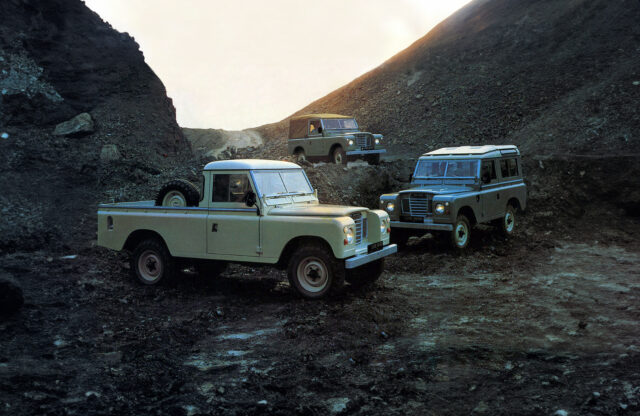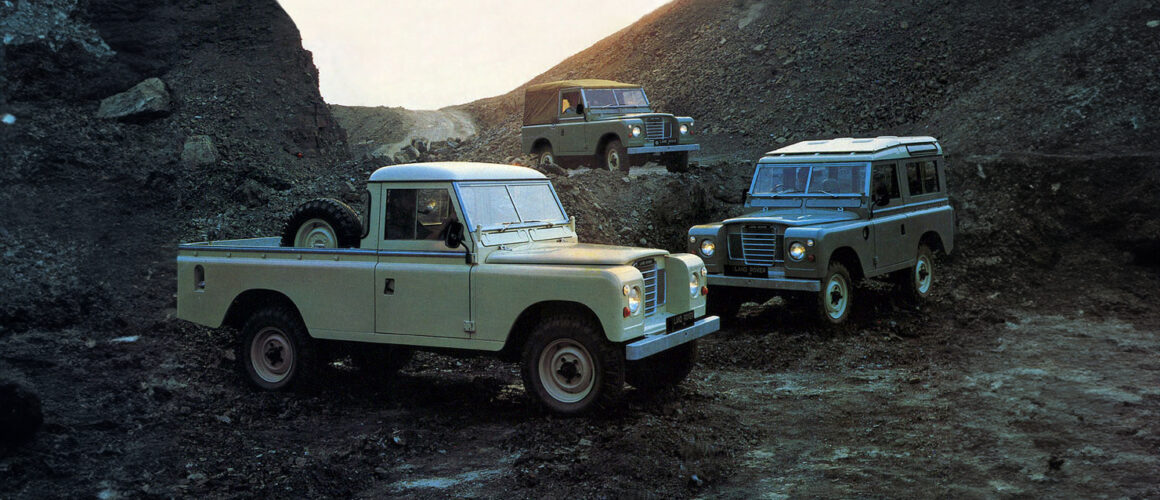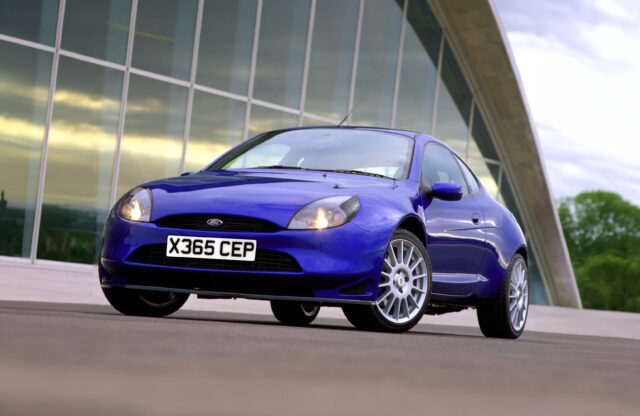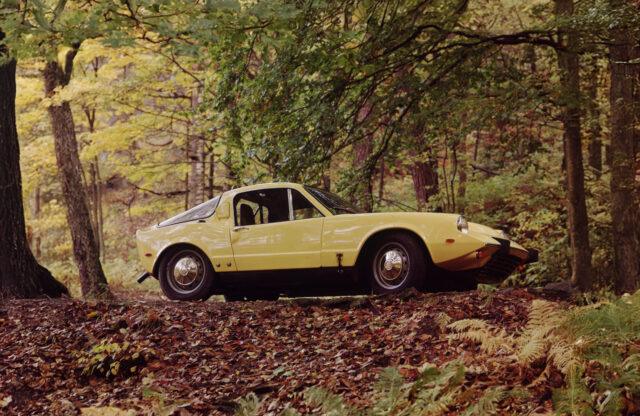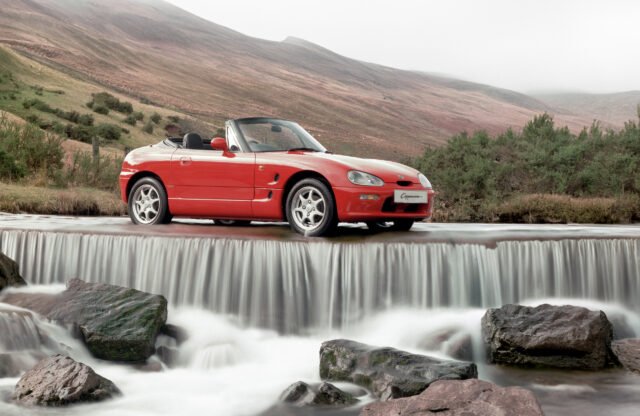There was a time, not that long ago, that a good Series III Land Rover was a bit of a bargain. At anywhere between £1500 and £5000, you could have been driving around in an authentic leaf-sprung Land Rover, with most of the character of an earlier model – only with better parts availability and usability. The question we have to ask today is whether or not a SIII still represents good value at three times the price.
Since the 1980s, Series I Landies have been treated more as a classic vehicle than a working one, with prices for decent examples rising as a result. Launched in 1948, to a basic formula of leaf-sprung suspension, steel box-section chassis and aluminium panels, it remained fundamentally unchanged through to the final Series IIIs in 1984. While 1958’s Series II made things slightly more usable on the road, it was the launch of the Series III in 1971 that brought in a few minor cosmetic and mechanical changes.
The expert opinion
Julian Shoolheifer, expert classic Land Rover restorer, explains why they were left behind for so long: ‘It wasn’t as modern as a coil-sprung vehicle, but the headlights in the front wings combined with a larger plastic grille, a plastic dash and more modern plastic surround to the instruments meant that it was considered to be a poor relation for many years. It wasn’t really the one to have, and for those reasons they were roughly a third of the price of an SI or II.’
People soon latched on to the fact that the SIII offered the original Land Rover experience for a fraction of the cost of an earlier car. Shoolheifer continues: ‘I also think that as a younger generation has got in, the cosmetic differences are far less important. To an extent, that type of plastic dash and the grille now look classic in their own right.
‘Series III prices have since risen on the coat tails of the earlier models, which is inevitable, and the higher values have started to reflect the cost of restoration. Now they’re all approaching 40 years old, there are fewer really nice low-mileage unrestored examples. So more are starting to be restored, and they’re starting to become more comprehensive. The hours involved in a full rebuild are largely similar to a SI/II’s, which puts a full restoration at £30,000-45,000.’
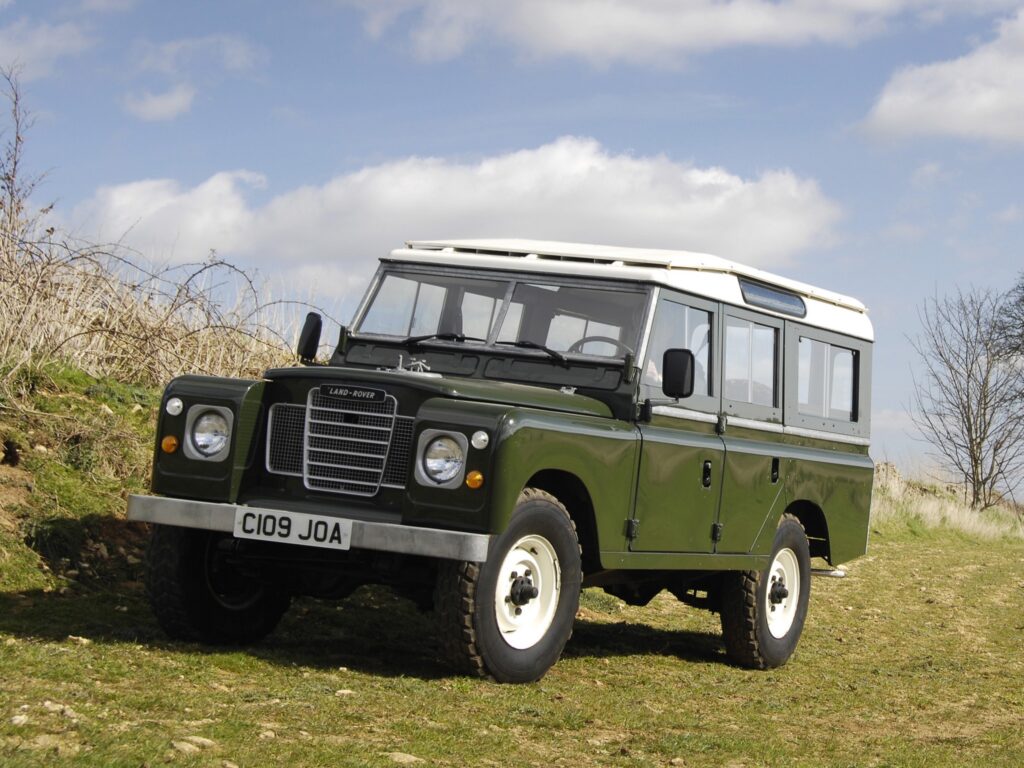
The pay-off is that there are now more parts available, especially new/old stock. The mechanical parts spanned such a long time that availability is still very good, but ‘things like good dashtops are getting hard to find, as is the later County trim’.
There’s less snobbery about modifications, too. Tdi engine swaps are popular, and suit the car well. ‘As time goes on, the very best original ones will increase in value. Land Rovers were always modified when new, however, and if they’re well done, it doesn’t affect the value too much at the middle to lower end of the market. As with everything, though, with an eye on future values, I would stick to original spec.’
It’s by far the easiest of all the Series Land Rovers to live with, and is still the entry point. But which one to buy? ‘For the average buyer, stick with a short- wheelbase 2.25 petrol. If you want something special, my favourite would be the V8-engined Stage 1, which is a great thing to own.’
Land Rover SIII common problems
• The SIII is arguably as strong as any of the models that preceded it, though gearbox synchromesh is known to wear. Some parts are difficult to find for a rebuild.
• Take mileage figures with a pinch of salt; condition (notably, of bulkhead and chassis, which rot) is the number one rule for buying, with history a close second.
• The best cars have been well-maintained by all owners. They can soldier on with bad brakes and worn steering, so work can get put off. An MoT is worthwhile, even though most Series IIIs are exempt.
• Because values have risen, there are a number of nasty vehicles dressed up to look nicer than they are. Be careful.
What to pay?
What was once in the ‘good usable’ £1500-5000 bracket will today cost you around £8000-15,000. Projects can be found anywhere from £2500, but tread carefully! A genuinely nice original car is going to be £25,000; something truly exceptional with perfect history could fetch even more.
